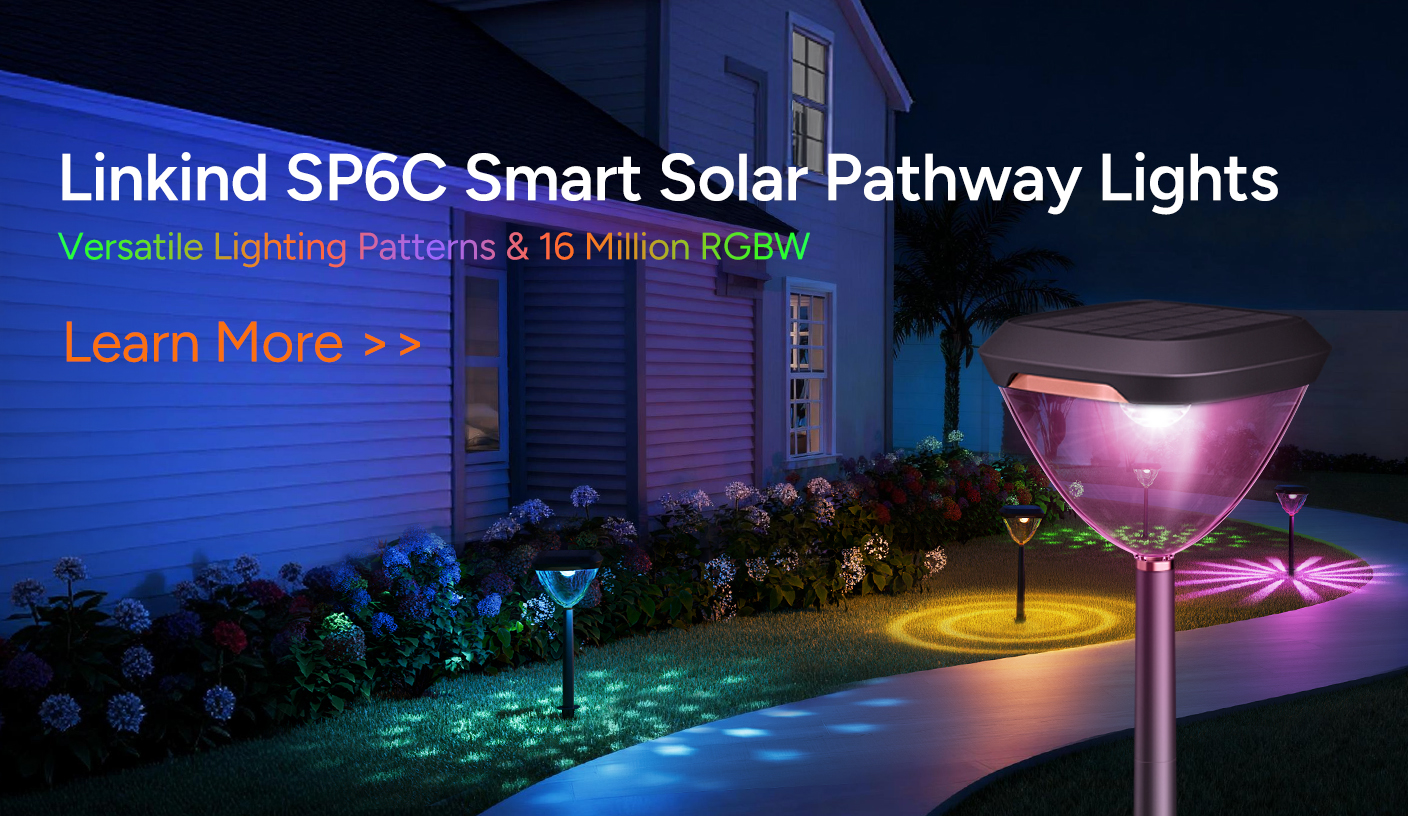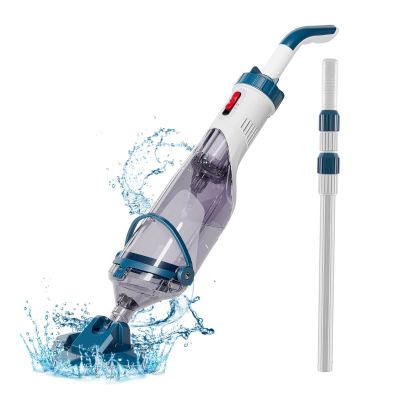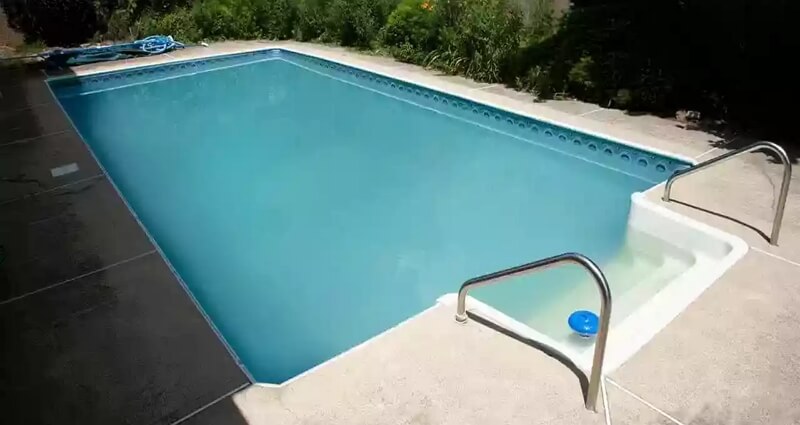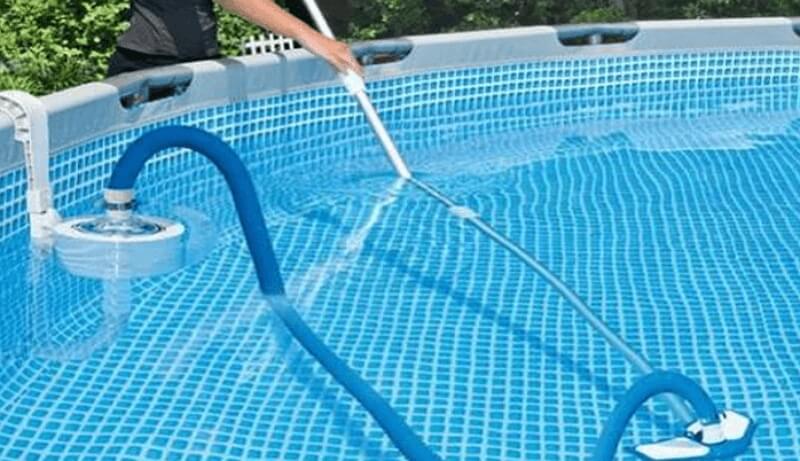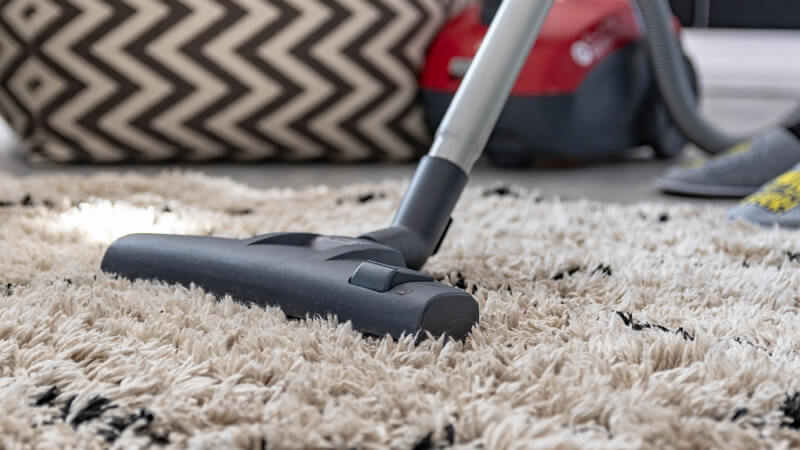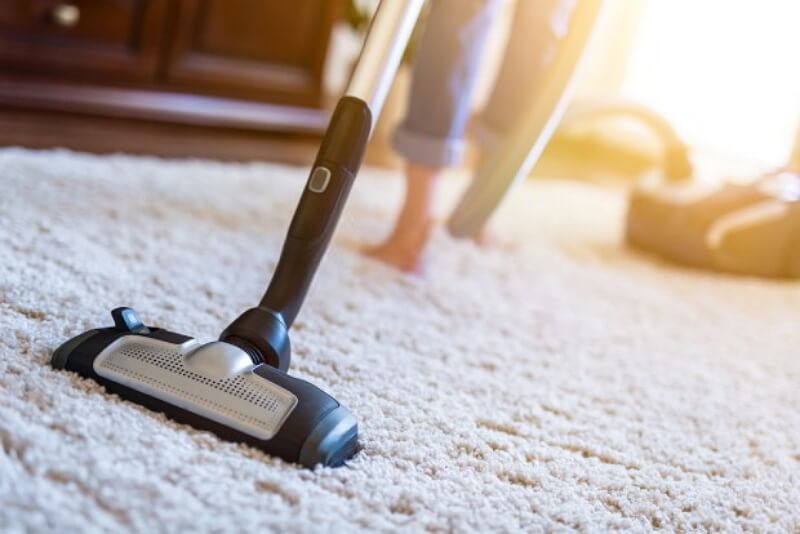There’s nothing you want more on a scorching summer day than taking a refreshing dip in your pool. These are the days when the sun is blazing, and the water is usually crystal clear and inviting. But what if you approach your pool and are greeted by a murky, green mess rather than those turquoise-blue waters?
It’s a sight that’s all too common for pool owners and a clear sign that your oasis needs some extra TLC. But don’t worry; you’re not alone. In this blog, we’ll walk you through the steps to rescue your pool from its algae-filled mess. So, whether your pool has gone green overnight or has been looking that way for a while now, read on for a lowdown on how to clean a green pool. Let’s dive in!
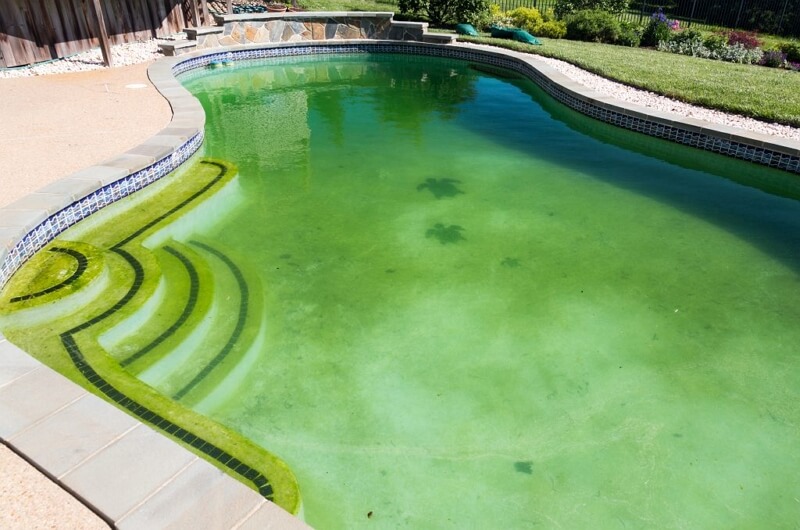

Part 1. Why Is My Pool Green?
Having a green pool can be super frustrating, but there are a few common reasons why your pool may have turned to this color.
Firstly, one of the leading causes of a green pool is algae. Algae are tiny plants that can grow in your pool water when the conditions are right. When they multiply, they can turn your pool water green. This usually happens when there's a lack of proper pool maintenance, like not adding enough chlorine or not cleaning the pool regularly.
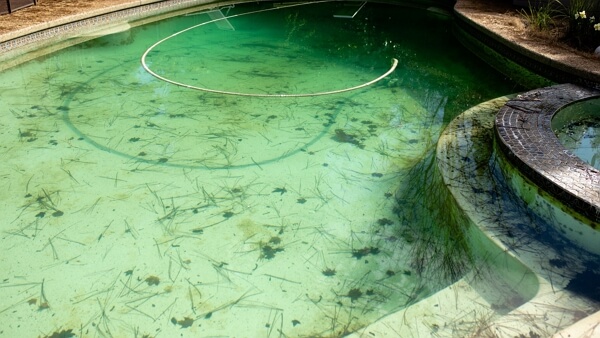

Another reason for a green pool can be poor filtration and circulation. If your pool's filter isn't working well or the water isn't circulating properly, it can lead to the accumulation of algae and other debris, making your pool water green. Regularly cleaning or replacing your pool filter can help prevent this.
Sometimes, heavy rainfall or an influx of organic debris like leaves and grass can also contribute to a green pool. Rainwater can introduce contaminants into the pool, while organic matter provides food for algae to thrive.
Lastly, not keeping your pool’s pH in balance can also lead to a green pool. A pH that is too high or too low can serve as a breeding ground for algae.
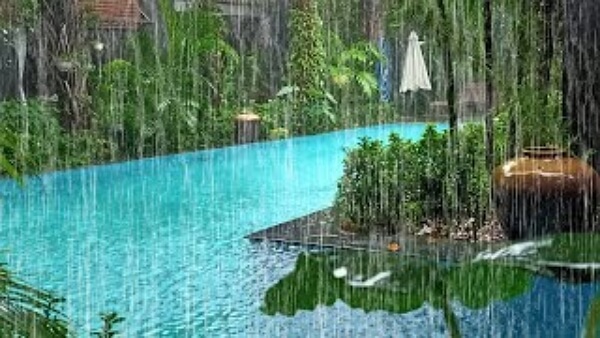

Part 2. Can I Swim in a Green Pool?
Swimming in a green pool might seem tempting on a hot summer day. However, before you decide to take a dip, it is essential to weigh the potential health risks that come with it. A green pool typically contains algae, which is where the problem begins. The algae that live in green pool water can welcome the growth of harmful bacteria like E. Coli. As a result, these microscopic organisms can easily sneak into your body through various entry points (nose, eyes, ears, mouth, or tiny cuts). This is the first warning sign that should make you think twice before diving in.


Part 3. How to Clean a Green Pool?
If you’re thinking about how to clean a green pool, you’re at the right place. Following are a few tips you can utilize to get rid of any sneaky algae in your pool. So, read on to get your pristine blue waters back.
1. Clear Away Large Debris
The first step to achieving your crystal-clear oasis back is clearing away large debris. This ensures you’re working with as clean water as possible to make your cleaning process more effective. Start with a pool skimmer or net to skim your pool’s surface. This helps remove any leaves, sticks, or other debris that may be floating on the surface.
Then, address any debris that may have settled at the bottom and sides of the pool. Using a pool brush, diligently scrub the pool's bottom and sides. This action agitates and dislodges any organic material that may have stuck to these surfaces, making it easier to remove.
2. Vacuum Your Pool
As you brush your pool, you'll notice that some of the organic material you've stirred up will float upwards toward the surface. Be prepared to use your vacuum to catch and remove this material from the water. This proactive approach ensures that you're not allowing the debris to re-settle, maintaining a cleaner pool environment.
It's essential to focus on both the pool bottom and sides. Algae tend to accumulate in various areas, so a thorough manual vacuuming session ensures that you address these problematic spots effectively.
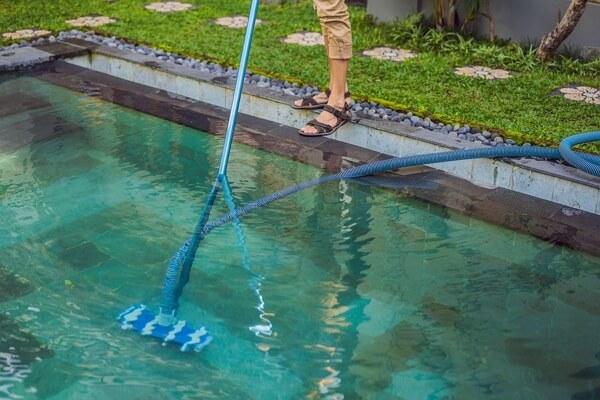

3. Test the Water Chemistry
After you’ve cleared up the large debris particles, it is essential to test your pool’s pH levels. This step involves evaluating and adjusting specific chemical parameters, including free chlorine, pH level, and cyanuric acid (CYA), to restore the pool water to a clear and safe condition.
When it comes to green pools, it may not be enough to adjust the pH level to 7.5. Instead, aim to achieve a slightly lower mark of 7.2. This adjustment creates an environment less inviting for algae growth and promotes effective chemical treatment. If your pH is too high, use sodium bisulfate to lower it effectively.
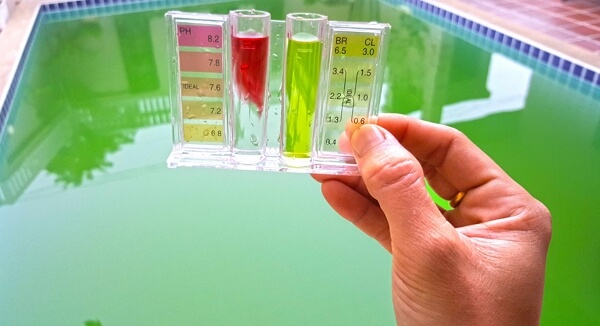

You should also test other chemical levels along with the pH levels. For instance, green pool water often indicates low chlorine levels and potentially high phosphorus levels, which encourage algae growth. Furthermore, maintaining proper alkalinity levels is essential for overall water balance. If needed, baking soda can be employed to raise your pool’s alkalinity levels to their optimal range.
4. Consider a Shock Treatment
The fourth step in cleaning a green pool involves considering shock treatment. Algae can thrive in pool water without chlorine, making it essential to introduce chlorine to the pool. The shock treatment, which is a high dose of chlorine, works to instantly eliminate algae and bacteria in the water.
When adding the shock, follow the product instructions regarding the appropriate amount to add to your pool. Afterward, wait for about an hour or two and then test the water to ensure that the chlorine levels have reached the desired level. Even if you typically use non-chlorinated shock, it's necessary to use chlorine in this case to rectify green pool water caused by algae. For optimal results, consider repeating the shock treatment, especially if your pool water was initially very murky.
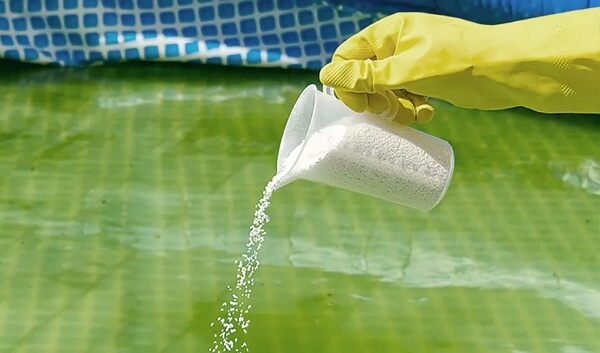

5. Run the Pool Filters
After shocking your green pool, it's crucial to run the pool filters as the final step in the cleaning process. The duration may vary depending on the algae levels, potentially taking several days. If you wish to expedite the process, consider adding a pool clarifier. However, ensure the filters run for a minimum of 24 hours to capture dead algae and allow the shock to disperse fully.
However, your pool may still appear a bit cloudy because of lingering dead algae. To combat this, keep your pump running continuously and vigorously brush the pool walls and floor with a suitable pool brush. You may still notice stubborn algae adhering to the surfaces, which makes it necessary to brush and vacuum alongside. Remember to clean the filter and vacuum bags regularly during the shocking process for effective cleaning.
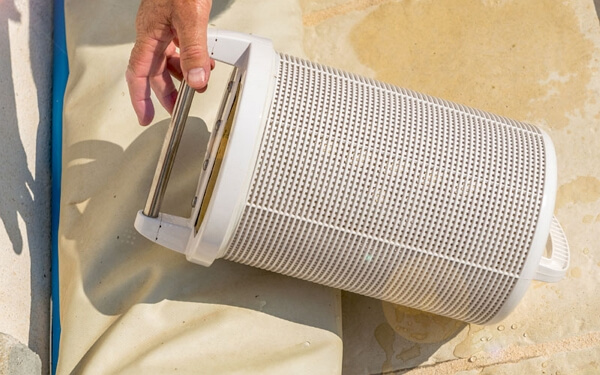

Part 4. Get the Best Pool Vacuum for Daily Cleaning!
The AiDot Enhulk Cordless Pool Vacuum is a go-to for effortless and efficient pool maintenance. This pool vacuum is designed to provide you with a hassle-free cleaning experience, ensuring your pool, spa, hot tub, or small inground and above-ground pools remain crystal clear and inviting.
Powered by a robust 40Wh motor and a 20V battery, this pool vacuum offers exceptional suction power. With a maximum flow rate of 4200L/h, it effortlessly removes debris, dirt, and impurities, leaving your pool sparkling clean. Plus, with up to 60 minutes of continuous operation on a single charge, you'll have plenty of time to get the job done.
This vacuum comes equipped with a versatile 9.25" triangled brush that captures more dirt in a single pass. Plus, the crevice nozzle included in the package targets challenging spots such as corners and hard-to-reach areas, ensuring no debris is left behind.
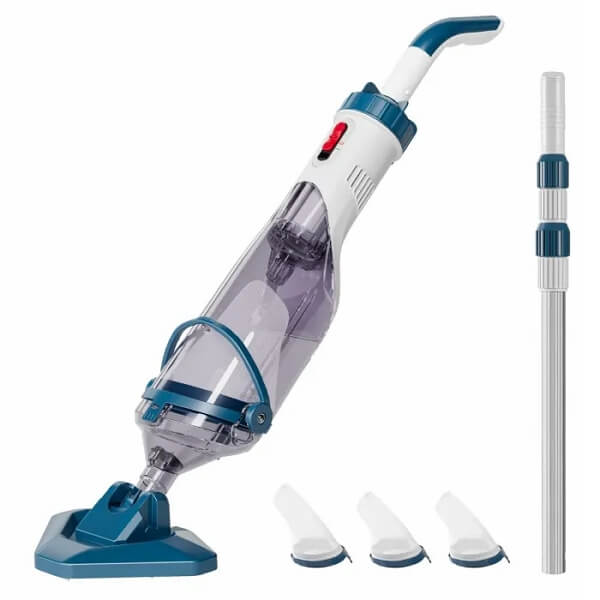

- Strong Motor & Powerful Suction
- Long Runtime & Fast Charging
- Multi-Purpose Vacuum Head
- 4 Reusable Filter Bags
- 7.3FT Telescopic Pole Included
- Different Debris Handled
[Bonus Now]: Here is an exclusive coupon code only found in blog posts. Save it now (AiDotBG01) and get 10% off at AiDot mall!
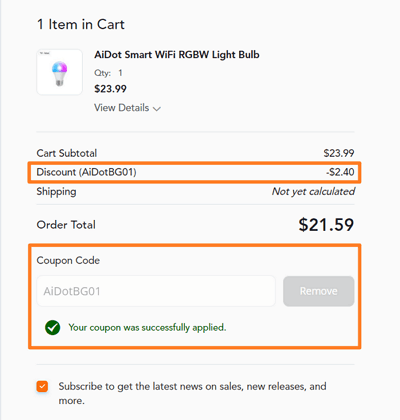

Part 5. How to Prevent Pool from Turning Green?
Preventing your pool from turning green requires regular maintenance and proper water chemistry. Algae growth is the most common reason for green pool water. Here are steps to help you prevent this issue:
- Use a pool cover when the pool is not in use
- Ensure your pool's pump and filter system are working efficiently
- Use a pool vacuum to remove debris and sediment
- Brush the pool walls and floor regularly
- Regularly add an algaecide to the pool water
- Backwash or clean your pool's filters as needed
- Regularly test the pool water for other chemical levels (alkalinity, calcium hardness, and cyanuric acid)
- Maintain the recommended chlorine levels (usually 1-3 ppm)
- Keep the pool's pH level between 7.2 and 7.6
Conclusion
Cleaning a green pool may seem like a daunting task. But with the right knowledge and effort, it can be restored to its sparkling blue glory. Stay on top of your pool maintenance and keep tabs on your water chemistry to prevent any algae growth in the first place.
If your pool does turn green, quick action and a systematic cleaning approach, including brushing, shocking, and vacuuming, can help you regain a clean and inviting swimming environment. Remember, consistency is key in pool maintenance, so stay vigilant and enjoy your crystal-clear pool all summer long.












